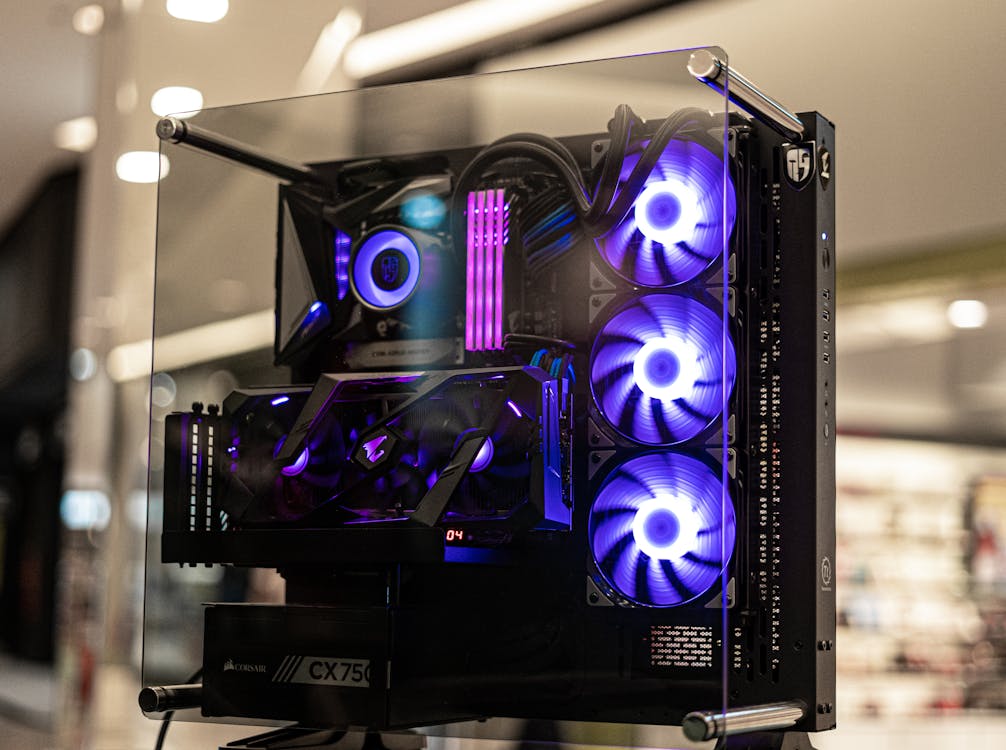How Does Crypto Mining Work And How You Should Make Use Of It
Crypto mining is the process of solving complex mathematical equations to verify transactions. In exchange for their services, crypto miners are rewarded with coins from the blockchain they have been running.
To illustrate how this works, let’s take a look at Bitcoin as an example:
A block contains a series of recent, unverified transactions plus a reference to the block that came immediately before it—like a page number. The reference allows computers trying to solve the hash puzzle to connect the two blocks and accurately calculate where information should be stored on the chain.
After making these calculations, “miners” (computers working around the world) race to complete an additional task: find a number known as a nonce, which will make the block’s hash begin with a certain number of zeroes. Since each block contains a new set of transactions, there is no way to predict the exact nonce that will work—making it impossible for someone to manipulate an outcome.

While crypto mining requires serious computational power, its simplicity means anyone can do it if they dedicate computing hardware and electricity. This decentralized approach distributes coins in much the same way as people pay for goods and services online: by purchasing crypto-mining computer equipment and selling their completed work on markets worldwide.
A miner is a computer that performs complex calculations known as hashes. They do this work because this is a way to receive coins from transactions. In this field, the miner and their computer compete against other miners and similar computers in transactions to be the miner who can compute a hash that starts with a certain number of zeroes.
The miner who finds a “nonce” that will make the hash have a certain number of zeroes gets coins as a reward for verifying transactions. As an example, let’s take a look at this with Bitcoin. A block contains a series of recent, unverified transactions plus a reference to the block that came immediately before it—like a page number.

The reference allows them to try to solve the hash puzzle to connect the two blocks and accurately calculate where information should be stored on the chain. After they make these calculations, computers working around the world race to complete an additional task: find a number known as a nonce, which will make the block’s hash begin with a certain number of zeroes. Since each block contains a new set of crypto transactions, there is no way to predict the exact nonce that will work—making it impossible for someone to manipulate an outcome.
Crypto mining is something that can become a full-time job if one dedicates time to it. Electricity is a very important component when it comes to doing this full time because of the amount of power these supercomputers contain. Then again if you invest your time and effort into building a masterpiece when it comes to a supercomputer then you can expect that mining could really be a viable solution to your current 9 to 5.

